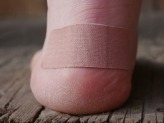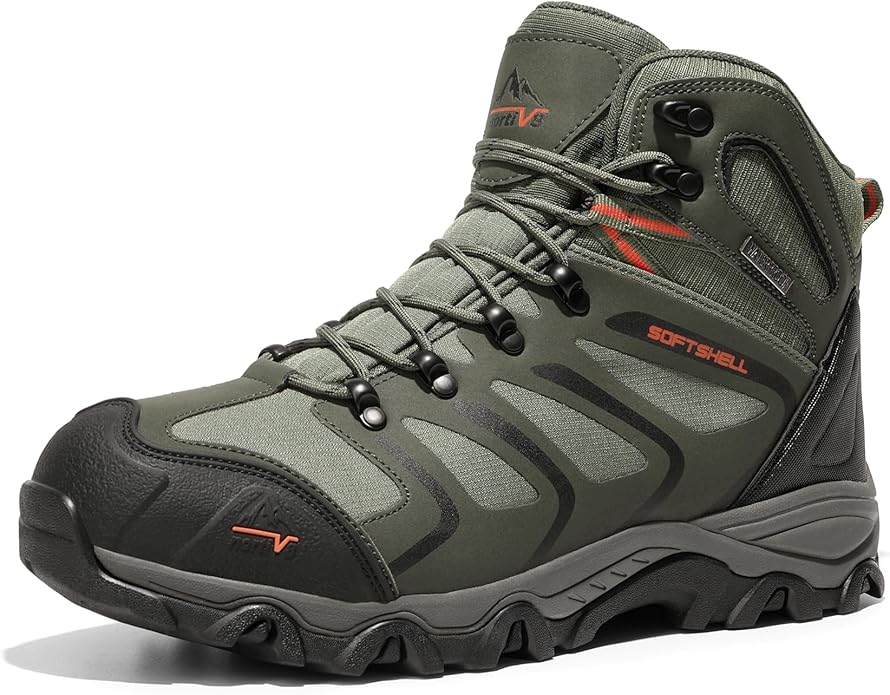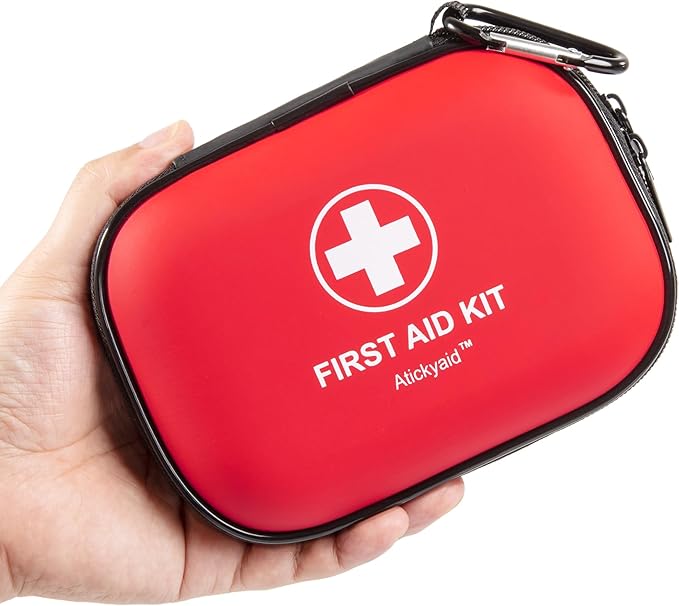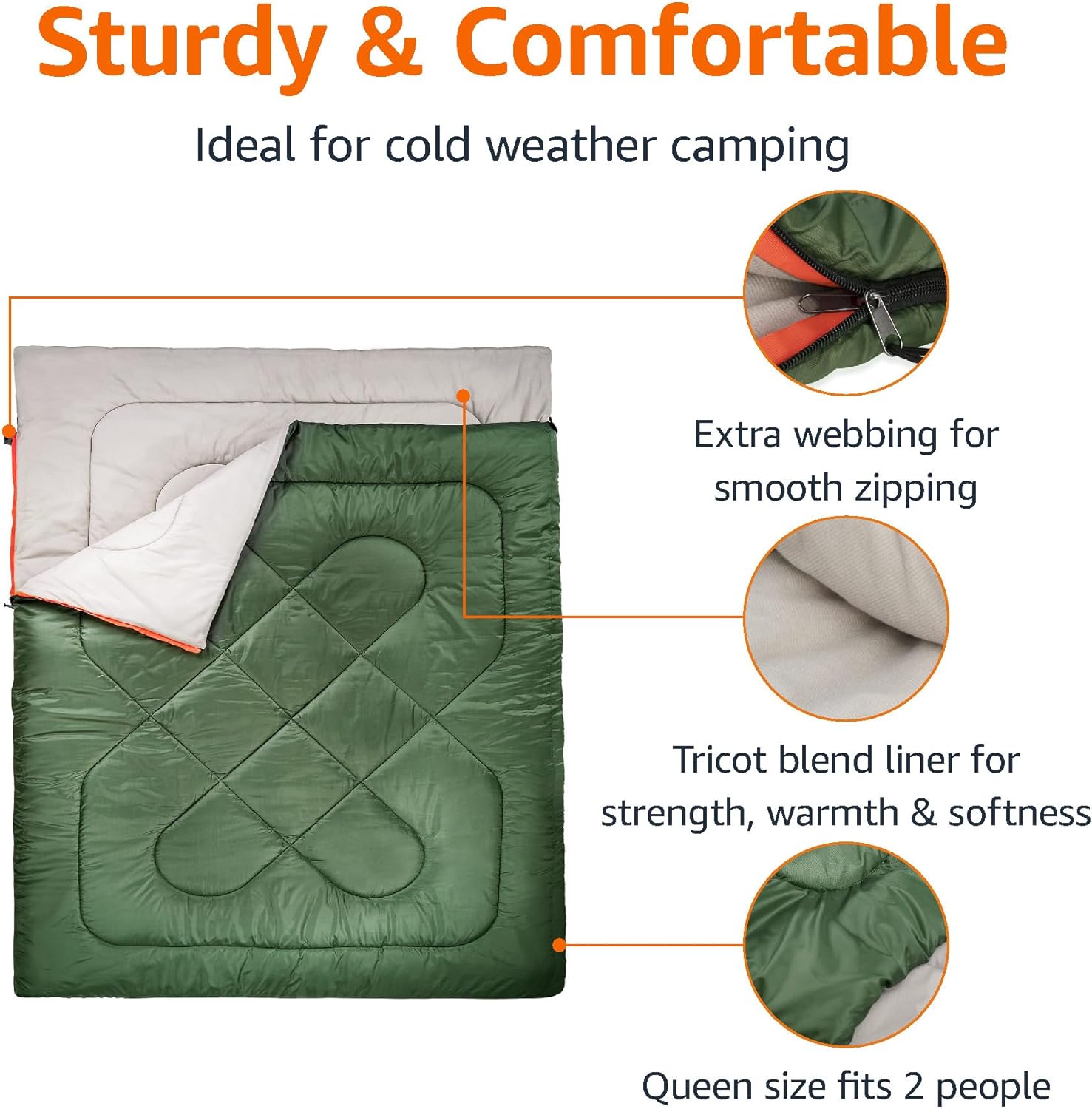Blisters on Feet:
Causes and Prevention
Blisters on feet can ruin a family hike! Here is how to prevent blisters from forming so that they don't spoil your enjoyment.
What causes blisters on feet?
Blisters on feet are caused by friction - usually from the rubbing of the foot against a poorly-fitting shoe.
The friction causes heat, which causes a blister - just in the same way that the heat from fire or hot water can cause a blister.

Blisters On Feet
How to prevent blisters
Blister prevention is mainly a matter of using common sense.
Choose well fitting footwear
Most foot blisters can be prevented by ensuring that your shoes fit properly.
Avoid the temptation to choose shoes based on price or fashion.
When choosing hiking or walking shoes for your children, find a shoe store where they actually measure the foot and know how to recommend appropriate shoes.
What socks are you going to wear with this particular pair of shoes? Take those socks to the store and put them on before you try on the shoes.
Walk around the store and pay attention to your feet.
- Is there any rubbing? Any discomfort?
- Don't get seduced by how cute the shoes look. Are they truly comfortable? If not, just walk away.
CLICK HERE for further details on the Nortiv 8 Hiking Boot above. This waterproof, lightweight shoe is a best seller on Amazon.
Deal with discomfort immediately
Let's say that you haven't followed the advice about well-fitting shoes - or maybe you have and you still experience discomfort. (It happens.)
Let's say you are enjoying a hike in the forest. You notice a bit of soreness on your heel. What do you do?
a) Ignore it
You won't be hiking far, after all. It will be fine - right? (Wrong!)
b) Try limping
If you don't put your foot down flat, maybe it won't rub as badly - right? (Wrong!)
c) Stop hiking immediately
Right!
The most important step in first aid for blisters is prevention: stopping a sore spot or "hot spot" from turning into a blister.
Don't feel guilty about interrupting the hike. If you don't deal with this problem now, you'll end up stopping the hike further down the trail anyway.
Apologize to the rest of the group if you like, but come to a halt, take off your shoe and sock, and deal with the problem before taking another step.
Here's how:
Adjust your footwear
Try loosening your laces or changing your socks. That may be all that it takes to make you comfortable. If not, keep reading.
Get out your first aid kit
(You did remember to bring the first aid kit, didn't you?)
Get out these items:
- some kind of protective layer: moleskin or surgical tape or duct tape or duoderm or gel dressings
- scissors
Here's a great Mini First Aid kit perfect for hiking! Read more about it HERE.
Swab the affected area
Use antibiotic ointment or tincture of benzoin.
Pad the affected area
Choose a protective layer and cut it into a circle a bit larger than the affected area.
Cover the affected area with the layer.
Put your shoe back on and try a few steps. Are you perfectly comfortable? If not, start again and pad the spot until you are.
What if you didn't bring the first aid kit?
I hope that you at least stuck a few bandaids in your pocket - or a bit of duct tape! Pad the area with that for now.
When you get back to camp, deal with the hot spot properly.
If you don't have anything to use as padding, you are probably going to get a blister. Here's what you need to know about first aid for blisters.
Now that you know how to prevent and deal with blisters on feet, click here for more basic first aid instructions for camping.
A camping trip takes lots of planning! The Camping Family home page is a great place to start.
Most Popular
Product of the Month
Amazon Basics 40°F Cool Weather Two-Person Sleeping Bag
Cool weather is here!
CLICK HERE for more information and best price
Recent Articles
-
Camping Sites In Normandy France - We review some of the best!
Nov 24, 25 03:14 AM
We check and review a number of camping sites in Normandy France, and recommend the ones that we think are the best. -
Camping Sites In The South Of France; We Review Some Of The Best!
Nov 24, 25 02:46 AM
We check and review a number of camping sites in the south of France, and recommend the ones that we think are best! -
Camping Sites Near Paris France - Which One Should You Choose?
Nov 24, 25 02:42 AM
Find out which camping sites near Paris France are the best, and discover the camp sites near Paris to avoid!







